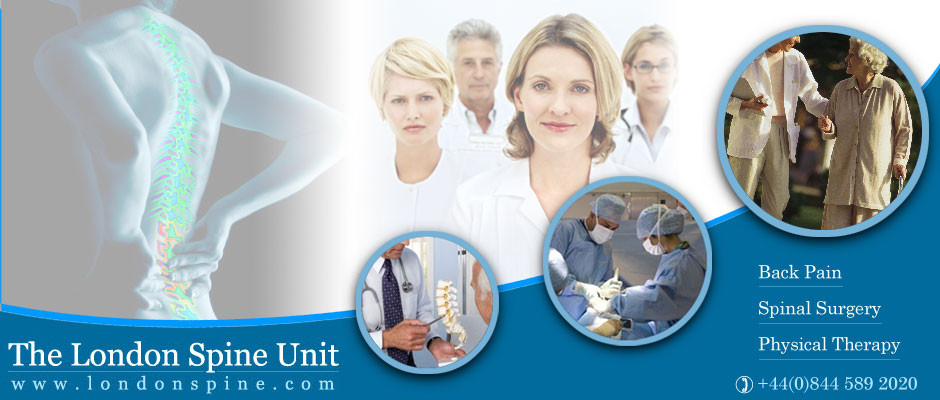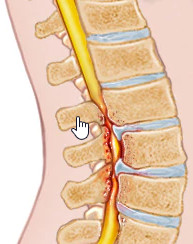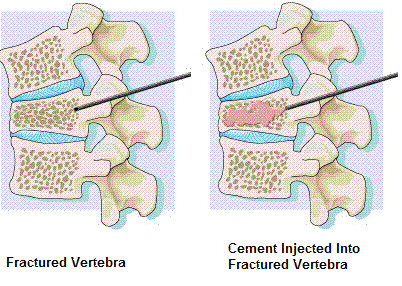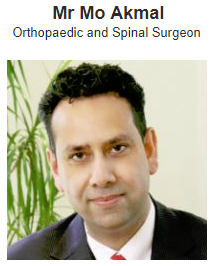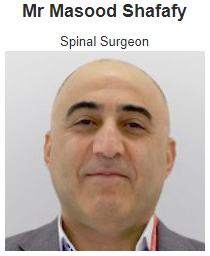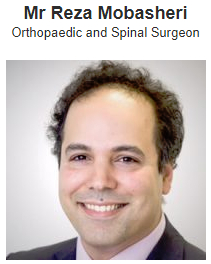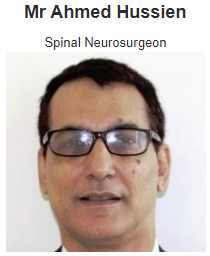Spinal stenosis is an expression used to describe a narrowing of the spinal canal, which includes the spinal cord and the nerve roots that originate there. It can occur anywhere in the spine. Given the limited space, bony changes (vertebral bodies) or soft tissues (vertebral ligaments) can compress the affected spinal cord and blood vessels. This narrowing can be congenital (genetic) or acquired (arthritis, trauma, bone disease, tumor), or a combination of both. The stenosis can be classified according to where it is located: central (involving the spinal cord) or lateral (affecting the nerve roots). Spinal compression can also occur in patients with advanced cancer.
Conditions that result in spinal stenosis:
-Osteophytes: formation of associated bone growths with osteoarthritis.
-Herniated disc: Prolapse of a cartilaginous disc between vertebrae.
-Malignant tumor: cancer.
-Scarring and inflammation of the spinal ligaments support.
-Abscess: Localized infection.
-Spondylolisthesis: Displacement or abnormal accumulation of 2 vertebral bodies.
-Congenital: Genetic predisposition that makes a spinal canal is not fully developed.
-Systemic bone diseases (such as Paget´s disease of bone).
Symptoms:
-Pseudoclaudication: Difficulty walking.
-Paresthesia: Abnormal sensations on the skin, such as numbness and tingling.
-Muscular weakness.
-Localized or irradiated pain.
-Loss of control of the bladder or bowels.
Spinal stenosis can be diagnosed on the basis of a history of symptoms, a physical examination, and diagnostic imaging tests. Once the diagnosis is confirmed, the treatment can be conservative (rest, steroid injections, medications, and exercise) or surgical.
As the symptoms may cause weakening, you can consider surgery as a treatment option. The main objective of any surgical procedure is to eliminate the pressure of the spinal column or nerve roots. This means that the spinal canal must be enlarged by removing the excess bone and ligaments, and the abnormal tissues that are compressing the nerve roots. This type of surgical procedure is called decompressive laminectomy (removal of a part of the vertebral body and the surrounding soft tissue).


